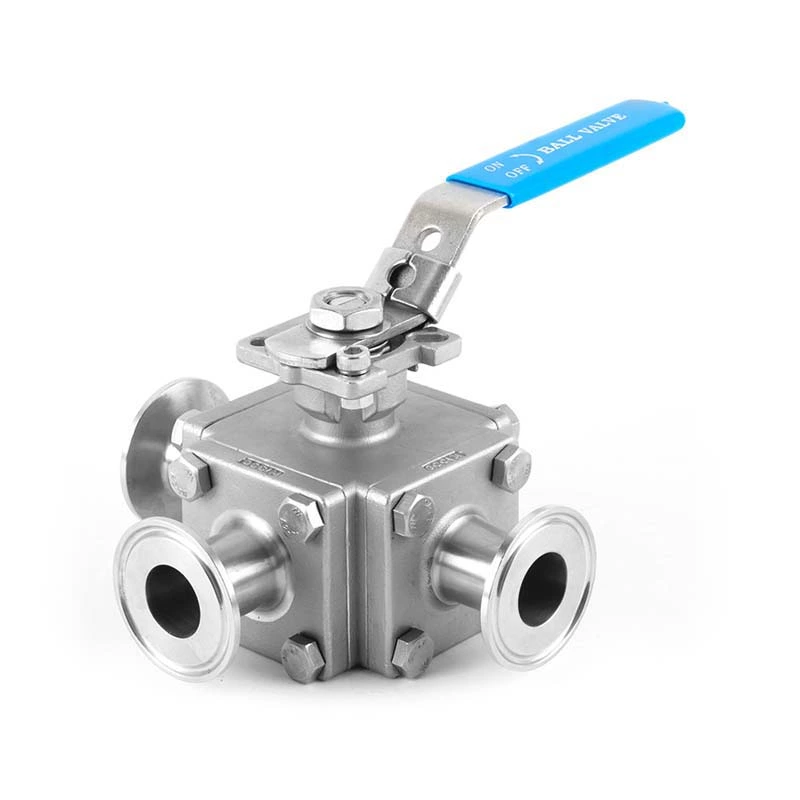Sanitary Valve Standards
Sanitary valve standards, also known as hygienic valve standards, refer to the relevant standards and requirements for valves used in fluid processing systems in fields such as food, medicine, and bioengineering.
Generally speaking, sanitary valve standards include the following requirements:
1. Material requirements: Sanitary valves are typically made of materials that meet food hygiene standards, such as 316L stainless steel and polytetrafluoroethylene, to ensure that the valves do not contaminate the fluid.
2. Valve structure: Sanitary valves typically utilize a full-bore structure to reduce dead corners and ease cleaning. Furthermore, internal contact surfaces are typically polished or sandblasted to achieve a smooth surface and reduce bacterial growth.
3. Sealing requirements: Sanitary valves must exhibit excellent sealing properties to prevent fluid leakage or contamination. Common sealing materials include silicone and polytetrafluoroethylene.
4. Cleaning requirements: Sanitary valves are typically easy to clean. The internal structure should be well designed to minimize residue and facilitate cleaning and disinfection.
Common sanitary valve standards include the US 3-A standard, European sanitary standards (such as the EHEDG standard), and Chinese national standards. These standards provide guidance and specifications for the design, manufacture, and use of sanitary valves, ensuring the safe and reliable application of valves in the sanitary field.
